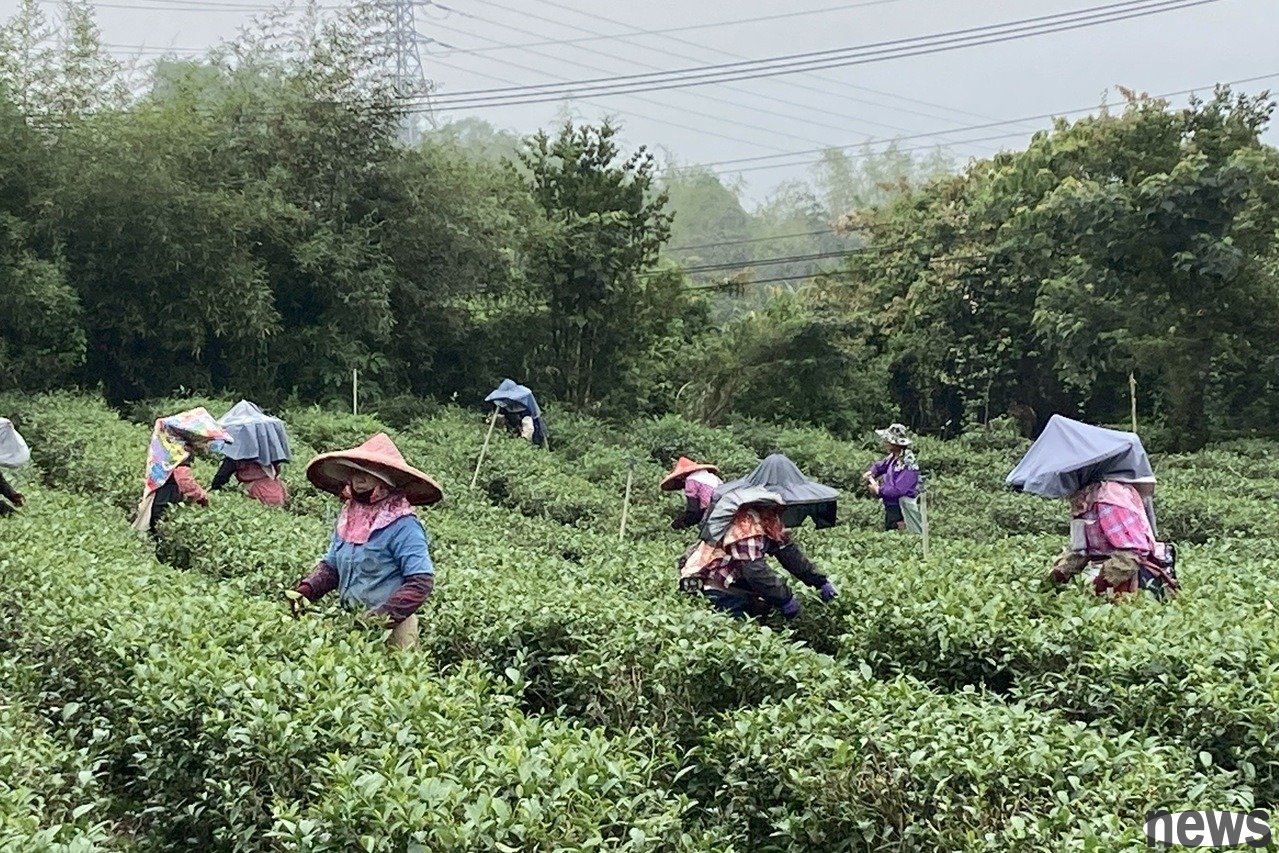
Generally, tea leaves are collected according to the season and are divided into spring tea, summer tea, autumn tea and winter tea. However, what is the commonly seen "Winter Pianzi" on the market? In fact, winter pieza is also related to the season, but it is different from winter tea.
According to the "Fresh Enjoy Farm YA - Agricultural Department" face fan page of the Agricultural Department, the harvester before and after the beginning of winter is called "winter tea". After that, the tea tree will be affected by low temperature growth and the tea buds will stop cultivating. If the warm winter is accompanied by appropriate rain or irrigation, the tea tree will mistakenly think that spring has arrived, and the buds that grow again after the winter tea are harvested are called winter pills or winter pills.
Winter Pianzi is also called "Six Water or Seven Water Pianzi Tea". It is generally seen in the middle and low altitude tea area, with the harvest period from December to January of the following year. The main tea area is Nantou famous, Zhushan and Taitung Luye. Since Winter Pianzi grows in winter with few sunshine and large temperature difference day and night, the slow-growing tea buds will accumulate a large amount of amino acids and carbohydrates and other substances. Although the winter sheets have small and unfixed production, the tea soup after brewing is sweet and mellow, and is relatively less bitter. Therefore, it is different from ordinary spring, summer, autumn and winter teas, which is one of the local teas in Taiwan.
In addition to being classified by seasonal festivals, tea leaves may also be named by fermentation degree, tea area, tea tree variety and roasting degree.
. According to the degree of fermentation: During the manufacturing process, it can be divided into three types: non-fermented tea, partial fermented tea and fully fermented tea.
. According to the tea area: the tea leaf name is named after the tea area. The place name is also a kind of classification and brand. The most well-known Wenshan packaged tea refers to the strip-type packaged tea produced in Xindian, Pinglin, Shiding and Shenkeng, New Taipei City; the meaning of the Ulong tea is to The hemispherical Ulong tea produced in Lugu Township, Nantou County, is generally called hemispherical Ulong tea as turquoise Ulong tea; Alishan Gaoshan tea refers to the tea produced in the Alishan area of Chiayi, while Yulan, Suxin and other teas produced in Yilan are mainly called Lanyang tea.
. According to the type of tea tree: the name of tea leaves is named according to the type of tea tree, which can be divided into:
1. The tea leaves made of tea pearls picked from iron-viewing music varieties are called "iron-viewing music tea".2. Made of Wuyi or the four-season spring varieties, they are called "Wuyi Tea" or "four-season spring tea".
3. If made with Taiwan Tea No. 12 or 13, they are called "Jinxuan Tea" or "Cuiyu Tea".
. According to the degree of roasting: According to the degree of roasting, it can be divided into raw tea and ripe tea.
1. Raw tea: In the art of the industry, roasting refers to the following two parts of the fire, that is, after the rough tea is sorted and picked and other refined process, the tea leaves are slightly dried to maintain the fragrance and color of the original tea leaves. This kind of tea is also called "scented tea".2. Cooked tea: The tea leaves after picking the stems and then roast them at a higher temperature and longer time. Generally, it is believed that the roasting fire of this kind of tea is more than six-quarters of the fire. The tea leaves are roasted to black and brown, and the aroma turns to ripe fruit aroma and fire aroma. This tea is also called "金花花" or "典典典典典".